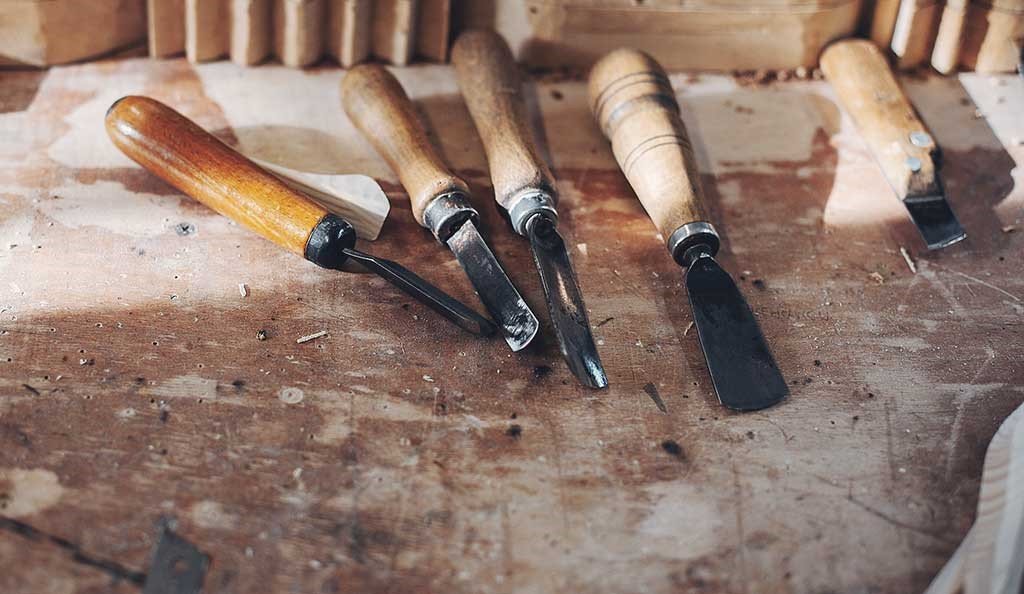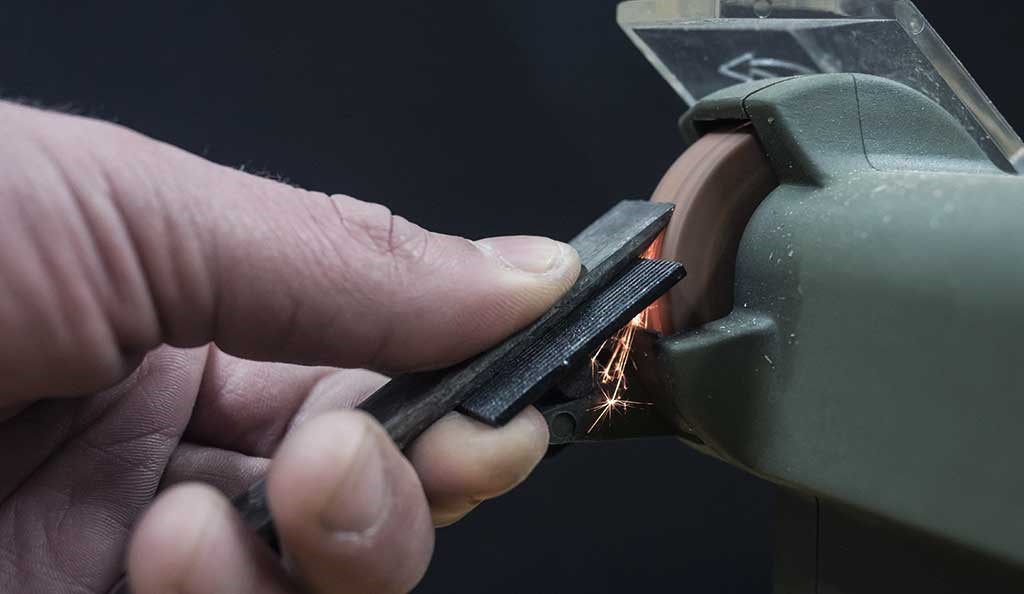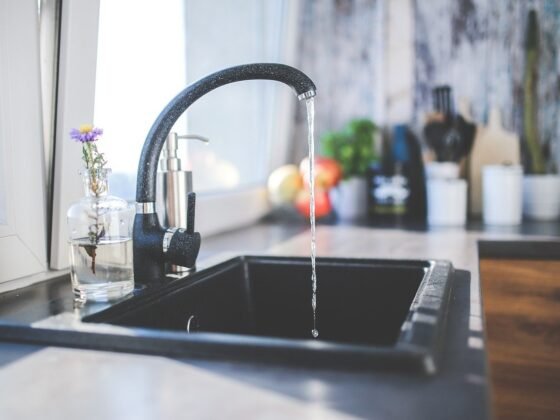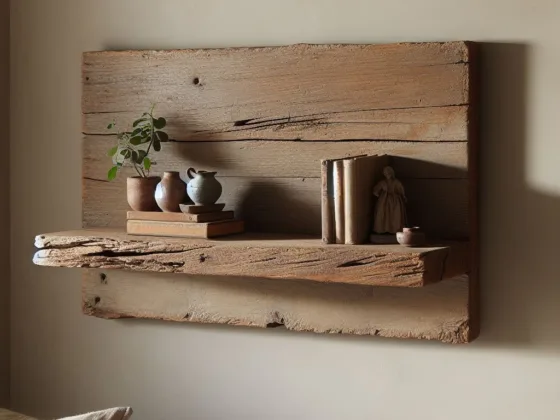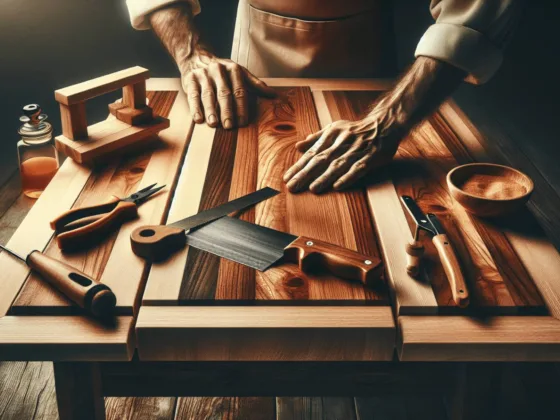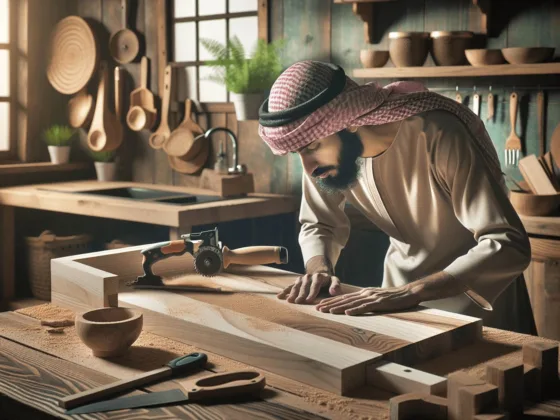Table of Contents Show
Most carpenters have one or two types of hank chisels: benches and sides. The most common table scissors have blades about 4 to 6 inches long and can strike with a hammer. They come with either an O1 steel blade, which is smooth to sharp, or an A2 alloy, which is sturdy and holds long blades.
What is the best angle to sharpen a wood chisel? For best results, speed up the drill to a 25° angle. If you want to add a microscopic edge (a thin, light edge on the tip that makes retouching easier), choose 30° for O1 and 35° for A2.
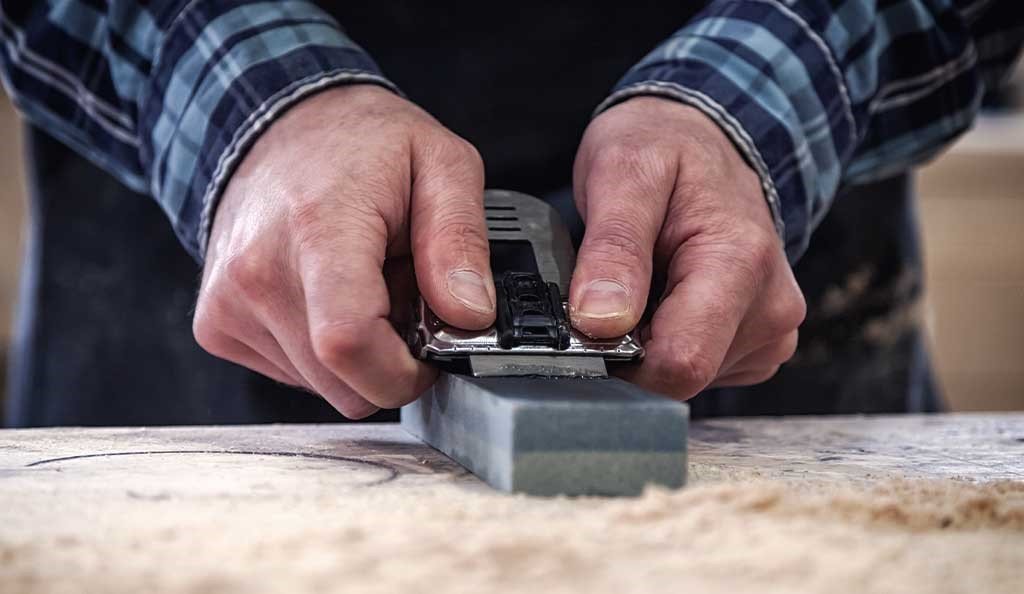
Keep reading this article to know further information on this topic.
Which is the Best Angle to Sharpen
What is the best angle to sharpen a wood chisel? 25° is the standard grind angle for sharpening irony and chisel, but some people sharpen them at this angle. On the contrary, some people also sharpen their chisel edges at this angle.
You can also speed up at the same angle as long as the user doesn’t damage that thin edge (like with a chisel instead of regular cut wood), but in the west, that’s when it speeds up, slightly most devices at a slight constant angle at the end. Increase Angle 2, that is to say, 30°.
It does not matter if this goal is not achieved at all. Most people who receive the hand get an advantage of about 28-32° depending on the day, the size and shape of the bit, and other factors, and such a small difference in angle does not affect.
Why Choosing a Steeper is a Bad Idea for Sharpening Chisel?
Steeper cutting edges can behave as if they are less sharp (in fact, they’re just sharper, but the wood has more strength, so it looks like they are). This effect is not related to most of the 3 planers, but it is important for most of the bits due to the way they are used.
However, sometimes it is better to go to the stator. For example, you can cut a chisel slightly smaller than a chisel, as it is driven harder into the wood with a hammer or hammer, and may have a molar, as you can imagine, a thinner one.
Can easily damage the blade.
Which is Beneficial Between 20° to 30?
Hardly any general-purpose sharping chisels set has been deepened more on 25°, it is the main reason being the brittleness of the cutting edge.
Since you are specifically referring to cheap bits, usually with inexpensive bits, you should sharpen conservatively so that you don’t get very sharp edges that are too blunt and/or are likely to roll or sag. scaling.
You can test it on the working time and adjust it accordingly. Start sharpening at a 25-degree angle and see how the edges stick to the wood you are using.
If they become dull or damaged very easily, the next time you attach them, lift the handle slightly. If around 30 ° is still brittle, bring it a little closer than 35°, which is rarely strong enough.
Read Also:
How to Sharpen Chisel Properly?
It’s easy to forget that every cutting tool has two aspects that must be maintained. They are just as important but talk about the back of their chisel first. The back should be completely flat so that the tool is straight and smooth like the severed side.
What is the best angle to sharpen a chisel for woodworking? The process of creating a flat, smooth surface is called lapping. Fortunately, you only need to grind the chisel once.
Almost all scissors are needed, even outside of a box, but some require a lot more work than others. Either way, you don’t have to curl your entire back – just the first 2 inches or so.
The first step in the lapwing is determining how much metal to remove and the grain to start with. Press firmly and rub the back of the 220 grit chisel several times.
Walk diagonally. Turn the chisel and look back. If it is almost scratched, continue to break in at 220 grit. If only a few tabs are scratched, you need to start with heavy paper.
Try grit 150 first; If it gets too slow, use 80 grit. Whichever grit you start with, continue until the stripes on the back are 2 inches wide.
The next step is to make small scratches with 150 grit. This time push the chisel in the opposite direction; rub it in different directions so that you can track your progress.
Continue until you see 80 grit scratches. Repeat the 220-grit process. This is how you can make your chisel sharp and smooth and flat.
Conclusion
Chisels for cleaning chips should only be used for manual work, never hit with a hammer. These scissors have 6-10 “blades and are great for cutting and woodworking, not chopping. For ease of cutting, sharpen these 20° bevels, mixing 25° micro-bevels as needed.
